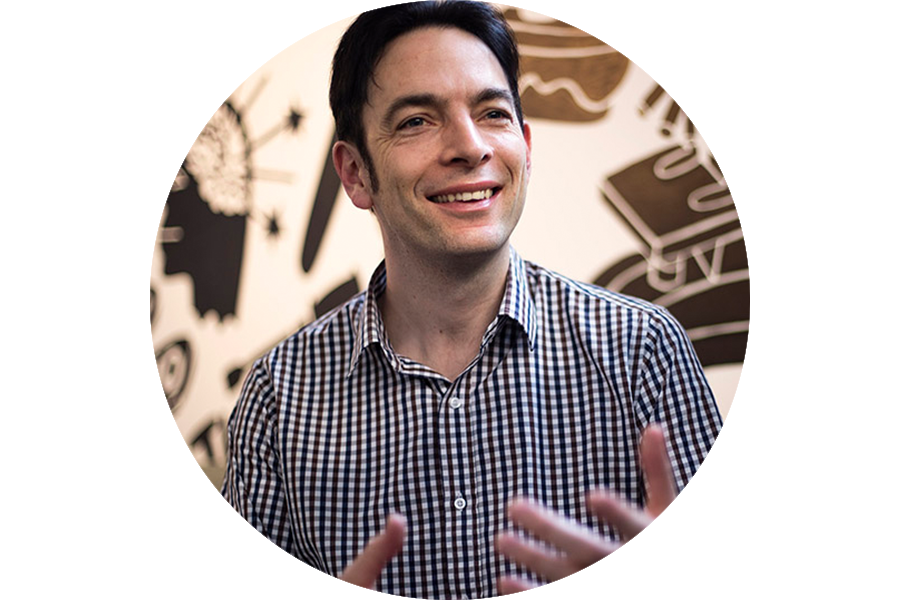Which forms of open innovation does VNTR use?
At VNTR, we subdivide our activities into Build, Partner and Invest.
In Build, the development of innovative solutions, co-creation can be a form of open innovation. In other words, we build the solution with external support.
When working with partners, for example, open innovation means that we specifically look for startups that offer us a solution to a challenge that we have identified in the company. In the next step, we test the existing solution with a proof of concept or feasibility study and decide in the case of a Go whether we wish to develop it further alongside the startup or leverage it as a customer. This procedure is known as venture clienting.
We also invest in startups through minority participations – for example, to gain early access to new technologies and work with the startups in this area. We learn a great deal when searching for exciting startups, as we obtain evidence about the development of relevant technologies through targeted market analyses. This is also a form of open innovation, just like when we bring our PostFinance specialists together with external partners to discuss an emerging topic or when we interact with innovation teams from other companies or universities.



